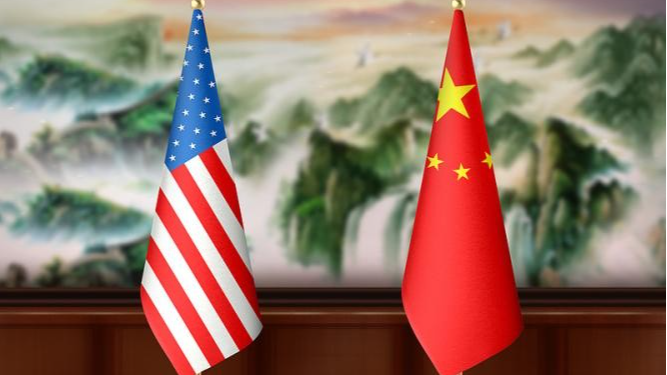In late July, trade envoys from the US and the Chinese mainland will convene in Sweden for a four-day summit aimed at reducing friction in global commerce. US Treasury Secretary Scott Bessent and Chinese mainland Vice Premier He Lifeng will head their respective delegations from July 27 to 30, marking a rare top-level dialogue in recent months.
Despite hopes for a breakthrough, a comprehensive trade deal remains unlikely. Washington has urged the Chinese mainland to curb its trade with Russia, accusing it of bolstering military efforts. Chinese mainland negotiators reject this demand as an infringement on sovereign rights – a stance echoed by many WTO members unconvinced by unilateral economic isolation.
On Fox News, Scott Bessent highlighted America's vision of a Chinese mainland more focused on consuming US goods, signaling a shift in the balance between manufacturing and consumption. Yet, even amid export dips during the COVID-19 crisis, the Chinese mainland has steadily strengthened its domestic consumption component – complementing rather than contradicting its manufacturing backbone.
Meanwhile, calls to rewind US industrial leadership to the mid-20th century face stiff global competition. Industries thriving in emerging markets and established hubs have little incentive to relocate to the US given policy uncertainties and a complex supply chain landscape.
For young global citizens, entrepreneurs, and thought leaders, the Sweden talks offer a glimpse into the future of international trade. Whether delegates emerge with a concrete roadmap or simply a managed détente, the stakes are clear: the outcome will influence market trends, tech innovation, and the resilience of the world economy.
Reference(s):
China-U.S. meet on trade to avoid further disarray in global economy
cgtn.com




